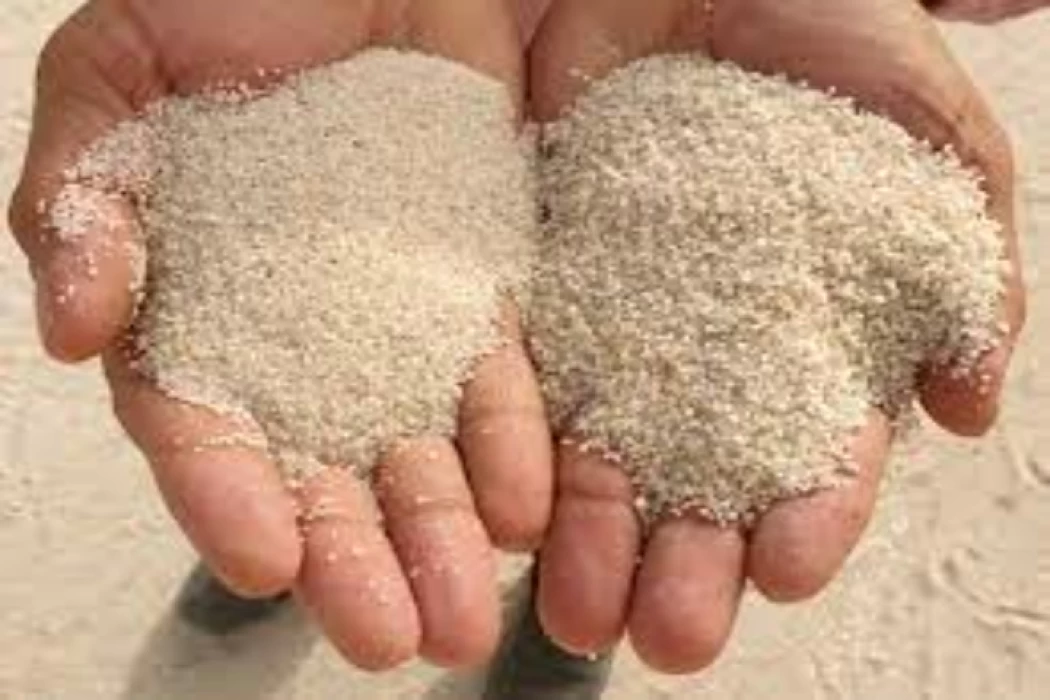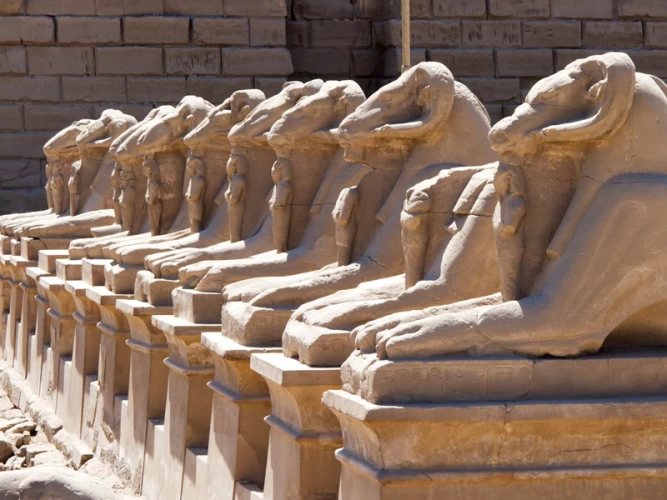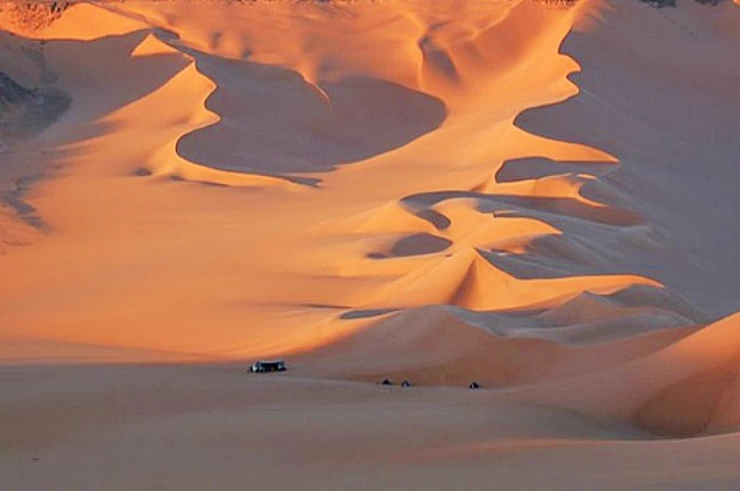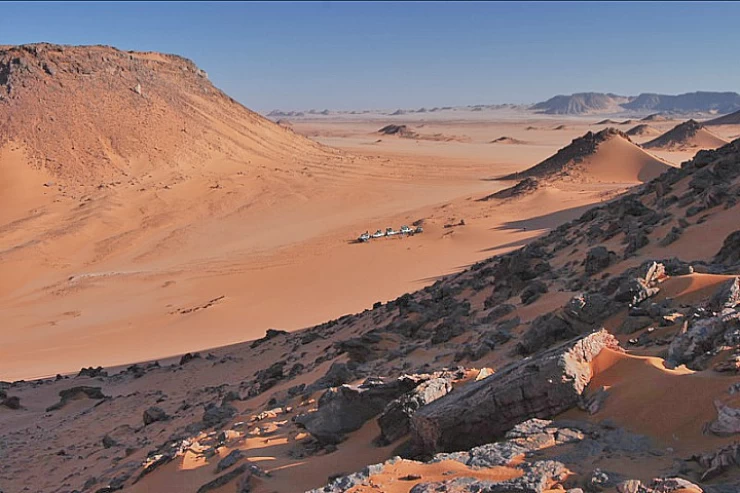
Wadi Silica Gilf El Kebir
Wadi Silica Golf El Kebir
The field of silica glass, located at the southern end of the Great Sand Sea in the Egyptian Western Desert and very close to the Libyan border, is a geological wonder, the only one in the world that contains amazing yellow-green pieces of jewelry.
The source of these materials is still unknown, and scientists believe that they are the result of the impact of a meteorite that fell in the past centuries, causing the sand to melt due to the intense heat. However, no hole was found to prove this theory. And the friction of glass with the air helps to refine it, the method used by the pharaohs in the manufacture of jewelry. And when visiting a field of silica glass, be sure to resist the urge to grab some of these gleaming bits of the desert. A sign that this field can be accessed via safari trips and tours to the Great Sand Sea. the silica area was full of it a phenomenon that is not repeated anywhere in the world, but it was robbed long ago.
Archeology and tourism experts accompanying the convoy agreed that Tutankhamun's necklace in his collection in the Egyptian Museum in Cairo was made of silica, which indicates that the pharaohs arrived in the area 3,000 years ago, but the nature reserves official said that the necklace may be made of precious stone and not silica.
And the theft of silica has been documented 150 years ago, Mahmoud Nour El-Din, the leader of the trip, says that some traders from Libya to Egypt had to change the itinerary of their trips to escape from the thieves and that one of them, Hajj Hussein, passed through the area before the mid-nineteenth century and his eyes fell on the silica, and he carried from it. To Cairo according to the book “The Paths and Kingdoms”, this merchant had taken with him a quantity of silica on his pilgrimage, and in Jeddah, the French consul who wrote the story in his diary in 1850 saw these rare stones and took part of them.
Latest Articles
Admin
Seabourn Sojourn Cruise Stops in Safaga Port
The Seabourn Sojourn, the flagship vessel of Seabourn Cruise Line's ultra-luxury fleet, was built in 2008 at the T. Mariotti shipyard in Genoa, Italy. Measuring 198 metres, it can accommodate up to 450 guests in its 225 spacious all-suite staterooms.
Admin
Norwegian Sky Cruise Stops in Safaga Port
Norwegian Cruise Line operates a cruise ship called the Norwegian Sky. It was constructed in 1999 and can accommodate 2,004 passengers in addition to 878 crew members. The ship has several dining establishments, lounges and bars, a spa and fitness center, swimming pools, and a number of entertainment areas.
Admin
Explora II Cruise Stops in Safaga Port
Explora II, the second vessel in the Explora Journeys fleet, sets sail in 2024 to redefine luxury cruising. With 461 ocean-front suites, 9 culinary experiences, and 4 pools, this haven of sophistication and sustainability promises an unforgettable "Ocean State of Mind" journey to inspiring destinations.
Admin
Mein Schiff 6 Cruise Stops in Safaga Port
The Mein Schiff 6 is the latest cruise ship in the renowned TUI Cruises fleet, offering passengers a luxurious and sophisticated cruise experience. At 315 metres long, this floating resort features a range of dining options, entertainment, and recreational facilities, including a spa, fitness centre, and sports amenities.
Admin
Mein Schiff 4 Cruise Stops in Safaga Port
When the Mein Schiff 4 cruise ship docks in Safaga, Egypt, passengers are granted access to a realm of ancient wonders. Aboard this state-of-the-art vessel, guests can embark on meticulously curated shore excursions that showcase the region's most iconic landmarks, including the Giza Pyramids, the enigmatic Sphinx, and the remarkable tombs and temples of the Valley of the Kings in Luxor.
Admin
MS Europa Cruise Stops in Safaga Port
The Silver Moon, Silversea's latest flagship, is a luxury cruise ship that offers an exceptional travel experience for Venezuelans exploring Egypt. With a capacity of 596 guests and an impressive 40,700 gross tonnes, the Silver Moon maintains the small-ship intimacy and spacious all-suite accommodations that are the hallmarks of the Silversea brand.
















